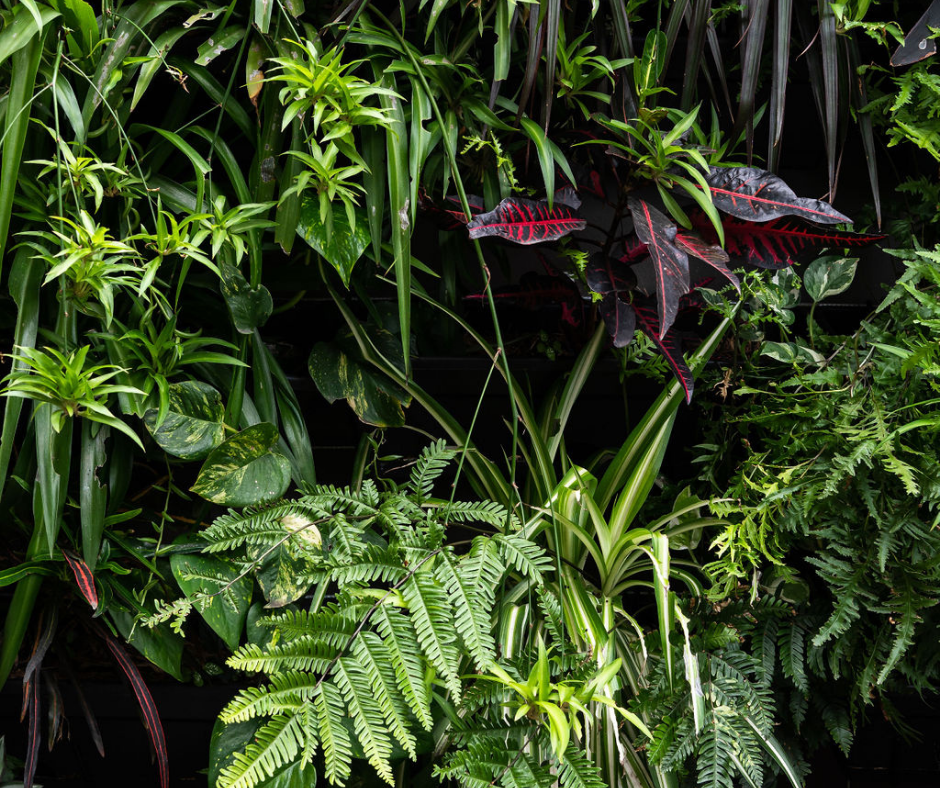PSA, this is the biggest part of plant health that no one ever talks about, but can solve many of your plant woes… good ol’ fresh air!
What is natural airflow?
The first thing to remember is that there’s no such thing as ‘indoor plants’. All plants were meant to be grown outside, where they’re constantly dealing with changes in wind speed, direction, temperature and humidity. Many plants have adapted to thrive in conditions like these, and to grow weak when its absent, like at home.
How is inside air different for plants?
Unless you like your house easy breezy, airflow is much lower inside! Throw aircon and heating in the mix, and you have can have a fairly tough place for a plant baby to thrive. It can mean that the usual diseases carried away in the breeze, are left to fester (ew).
What are signs of bad airflow and how can I remedy them?
Mould/fungal problems

CAUSE: airflow draws moisture from the plant and from the soil, so in stuffy indoor areas, soil can stay damp for too long. The same goes for leaves! If moisture hangs around too much, fungal infections can take over.
SIGNS: Your plant’s leaves might start to turn yellow at the edges, have brown spots that spread in size, and have soft, droopy foliage. You might even notice mushrooms or a fuzzy yellow coating on the top of your potting soil! There’s also increased chance of fungus gnats, so keep an eye out for small bugs flying around the soil.
SOLUTION: Make sure your plants are in a free-draining potting mix which doesn’t allow water to pool around their roots, and only water once the top few centimetres of soil have dried out. If your plants are in dim, shadowy corners or crowded together in a forgotten spot, consider shifting them somewhere where airflow is better such as near an open window, or spread them out into more prominent positions so they get opportunity to shine like the amazing beings they are :-)
Dryness and Windburn

CAUSE: At the opposite end of the scale, houseplants, particularly our tropical friends, can struggle when humidity is very low (remember how dry your skin gets from the wind…it’s the same for plant’s leaves!) Plants that are kept on balconies, or by large windows, can be subjected to a bit too much wind, so keep an eye out for draughts.
SIGNS: Look for dry, brown and crispy leaf edges, wilting or dropping leaves.
SOLUTION: Make sure that you monitor your plants’ soil regularly and don’t allow it to dry out so much that it looks crumbly or sandy. Spray with something like our Protect formula, which increases a plant’s tolerance to stress from draughts and dryness.
Your airconditioner and heater is a secret killer, so make sure to shift your plants out of that dry air (and consider misting humidity loving babes like Peace Lilies, Anthuriums, and ferns.)
How do I find the right airflow for my plant?
Think about where it grows in nature and replicate that environment! Draughty conditions suit desert dwellers who have adapted to long, flat plains, whereas high humidity, more still areas suit your forest growers like ferns.


